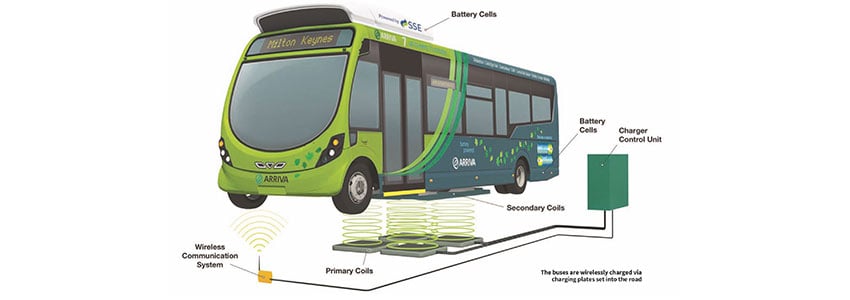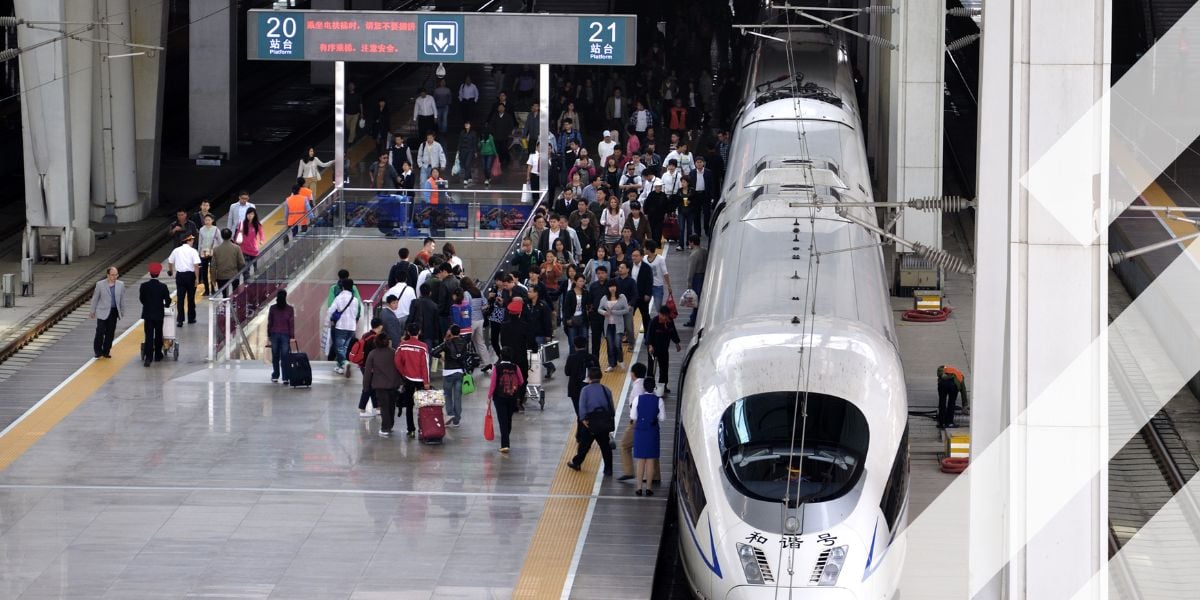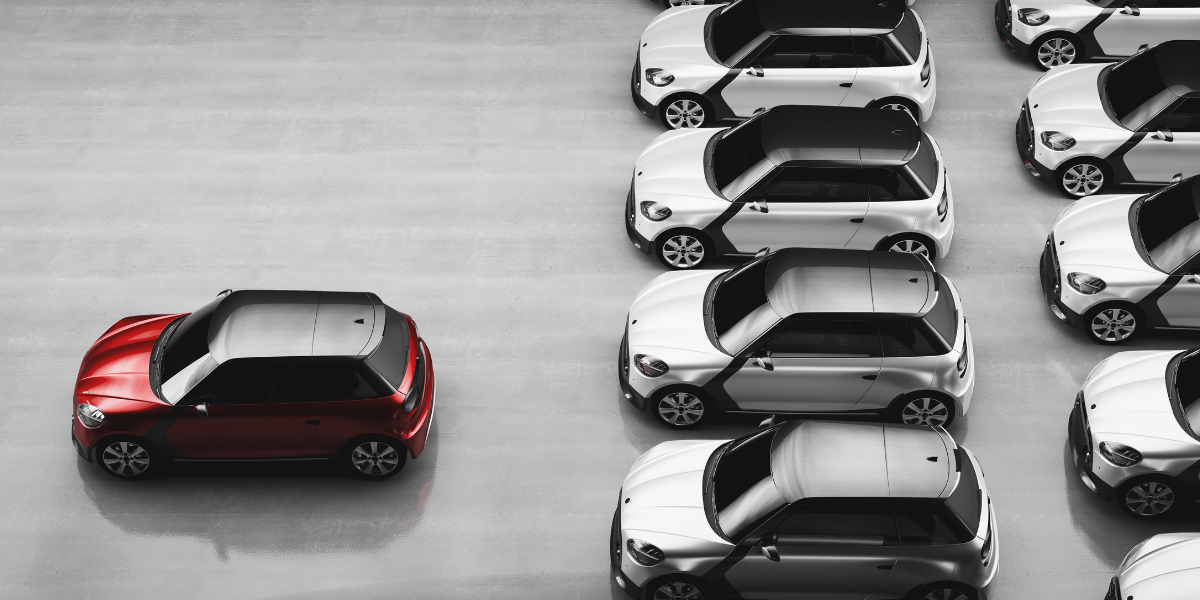Bus charging infrastructure
A Finnish bus-charging concept for fully electric powered buses could be a suitable solution for cities with limited space to improve their ITS infrastructure. Can standards catch up to enable faster roll-out of technology?
Transportation systems today face a number of challenges: increasing congestion continues to be a problem in major cities and on highways where maximum vehicle capacity is reached during peak periods. Plus, the price of fossil fuels and concern for the environment continues to grow. Cities wishing to reduce congestion and CO2 emissions are focusing on improving public transit services to increase passenger comfort and encourage fewer people to travel by car.
The UK’s Transport for London (TfL), for example, has significantly improved its Underground service. Similarly, the organization is encouraging travelers to cycle by building designated cycle paths (known as Cycle Superhighways), and in a bid to encourage people to walk more, it has published a map that shows how many steps are required to walk between stations in the center of the city (August 2016).
TfL is also in the process of converting all 300 of its single-decked buses to electric or hybrid power, and all 3,000 of its double-decked buses to hybrid by 2020.
Bus potential
Just a few years ago, electric buses were not seen as economically or technically viable compared with fuel-powered options, and in the rare instances that they were used, smaller vehicles making short journeys were preferred. Since then, battery technology has improved enough to power larger buses for longer periods of time and many European cities are exploring their potential through trials that involve gradually introducing them to set routes.
However, despite advances in battery technology, there are still a number of limitations to fully powered electric buses. Battery life is affected by variants such the bus’s weight, which is influenced by the number of passengers on it, and congestion, which can increase the time it takes for the bus to navigate its route, thus using more power for a longer period of time before it can be recharged. To overcome these challenges, bus operators must not only choose the most efficient battery, they must also be able to incorporate supporting charging infrastructure to the bus routes (or bus stations) – all at an affordable cost.
For electric buses to serve their purpose as public transit vehicles, it is also important that they can operate reliably in a range of weather conditions. But just like a typical AA battery, temperature affects their performance: they charge more slowly when it is cold and their voltage supply weakens when operating in temperatures lower than their optimum.
When it comes to bus schedules, time is money – and operators cannot afford to waste time warming up cold batteries, charging them at a slower rate, or running services at reduced speeds because of the cold.
Finnish solutions
Such challenges have allowed Finland, where temperatures can reach 30°C (86°F) in the summer and below -20°C (-4°F) in northern regions in the winter to serve as an ideal testbed for electric buses and supporting infrastructure in varying weather conditions.
Helsinki Region Transport (HSL) and VTT Technical Research Centre of Finland are running a pilot in the country’s capital, which is part of four-year development project that aims to support innovative and emission-free bus transportation technologies. In the summer of 2015, the two organizations deployed 12 fully battery-powered buses that they had purchased from Finnish start-up company Linkker. The buses are charged at 40-48kW with a static automated overhead charging system by electronics manufacturer Visedo and it is this ‘electric powerdrum’ charging system, based on the design of Visedo’s electric drivetrain, that makes the system so fast and appealing to major cities with limited space.
“The buses’ lithium titanate batteries can be charged with enough energy for the next route run [18-31 miles (30-50km)] in as little as 1.5 to 3 minutes,” says Linkker’s CEO, Kimmo Erkkilä. “Thanks to the aluminum chassis, the bus is light, but it is also quiet and energy efficient.” The power supply to the fast-charge stations, located at the end of every route, is supplied by the city’s tram system.
Prior to this innovative overhead fast-charge design, charging concepts included depots, where buses could be plugged in and charged overnight or throughout the day over a number of hours. A drawback to depots is how much space and planning time is required to build them; they would also need a higher power supply to charge multiple buses simultaneously, which could be impractical and more expensive than the automated overhead fast-charge option, which charges buses quickly one at a time. Additionally, a depot would need to be kept warm to ensure charge times are kept to a minimum.
Another concept is the overhead pantograph system involving buses being charged while traveling when connected to wires running above it. A limitation to this system is the disruption caused by installing overhead wires on roadsides along bus routes.
The future
Despite the different advantages and disadvantages of each charging system, it remains difficult for cities to convert their bus fleets to fully electric power because there are no standards in place to define which charging infrastructure, batteries and systems should be used. This is because electric vehicles are an emerging technology, with standards (for four types of electric car chargers) only recently proposed by SAE (Society of Automotive Engineers) International in May 2016.
Without standards in place for electric bus charging, Linkker’s quick-charge concept – although having captured the attention of Denmark, which awarded the company a €1.3m (US$1.45m) contract to deliver electric buses for a bus route in Copenhagen – could soon be joined by many other charging options, such as wireless charging, which is being trialled by the town of Milton Keynes in the UK over a five-year period which began in 2014. There, the buses can be charged at bus stops throughout the day when driven over an inductive system comprising coils and plates affixed to the road surface. Another wireless concept is South Korea’s 12km (7.5-mile) electric road, which can recharge vehicles as they drive over it – without having to stop at all.
The European Commission aims to have full standards in place (for conductive charging) by 2019, and the UITP’s (Union Internationale des Transports Public) Bus and Industry Committee is collating case studies that are exploring the advantages and disadvantages of systems that are in place at present.
Standardizing electric bus charging could not only save bus operators money (because they will be able to power buses from different manufacturers at bus stops with the same charging infrastructure), but it will inspire confidence in the technology and encourage a faster and more widespread take-up of these systems. Yet the potential for so many charging systems and concepts to be trialled and implemented in any city willing to make the investment could result in a host of problems in the future. For example, if a city was to invest in a new charging system and the system provider went out of business, it would be expensive for the city to invest in another new, unique system. But if system standards were in place, investments would be considered much less risky.
Charging ahead
Electric vehicle prototypes have existed since the 19th century, but have only become more widely used in the past few decades when battery technology improved enough to enable them to travel at high speeds (in 2016, the Corvette-inspired GXE by Genovation [left] was the first street-legal electric car to exceed 200mph), and to make sustainable journeys without having to be charged too frequently.
In the UK alone, the number of registrations of electric car ownership – encouraged by financial incentives from the country’s Go UltraLow campaign – dramatically increased from 3,500 in 2013 to more than 75,000 in August 2016. To support this rise and enable electric car owners to make journeys as far as they would with fuel-powered cars, the number of charging points had to be increased; there are now rapid-charge points at 96% of the UK’s motorway service stations, enabling electric car owners to charge vehicles up to 80% in less than 30 minutes.
Source: Rachelle Harry, Intertraffic World Magazine
Share your story
Do you have an innovation, research results or an other interesting topic you would like to share with the professionals in the infrastructure, traffic management, safety, smart mobility and parking industry? The Intertraffic website and social media channels are a great platform to showcase your stories!
Please contact our Sr Brand Marketing Manager Carola Jansen-Young.
Are you an Intertraffic exhibitor?
Make sure you add your latest press releases to your Company Profile in the Exhibitor Portal for free exposure.






